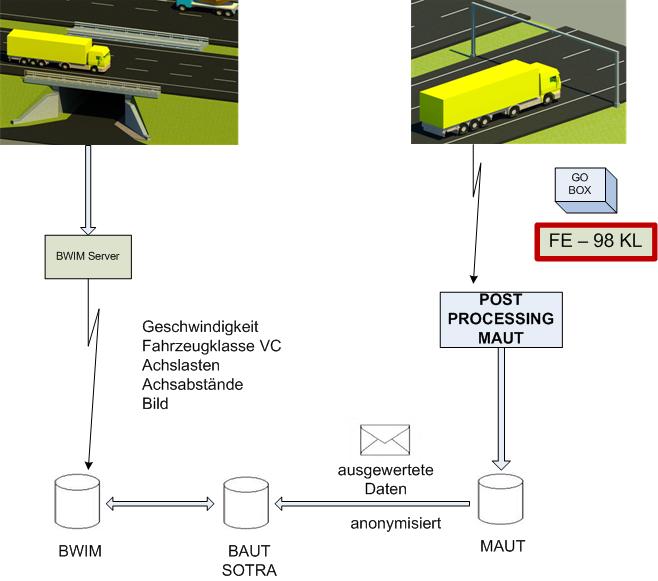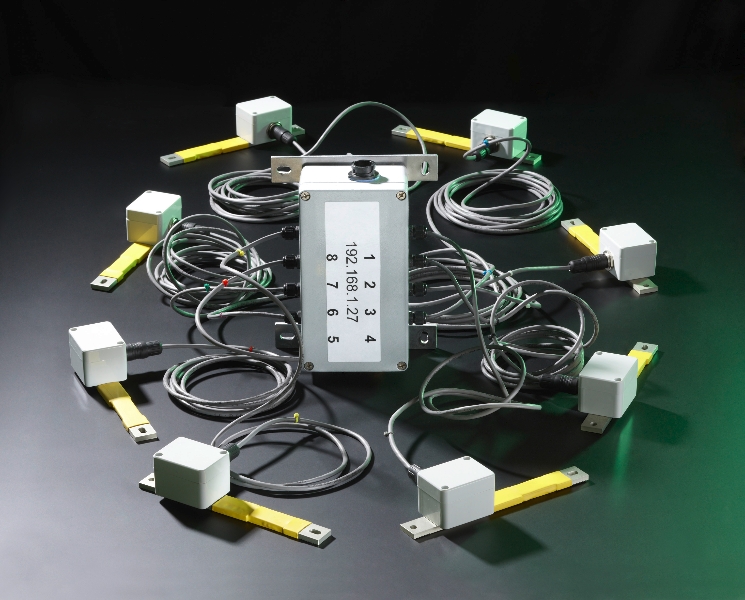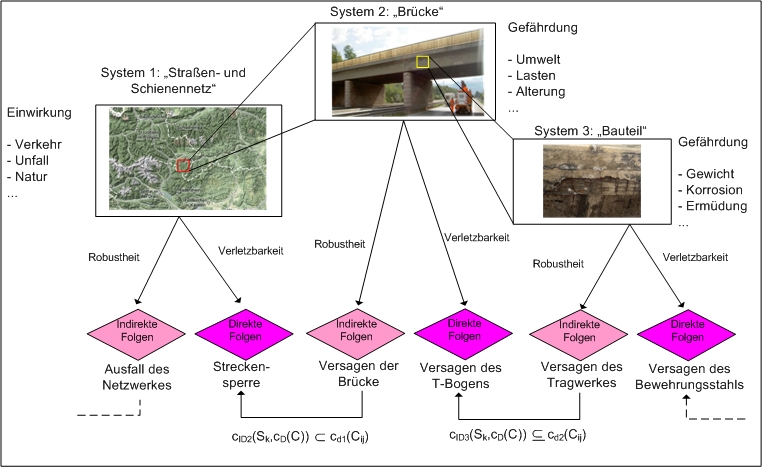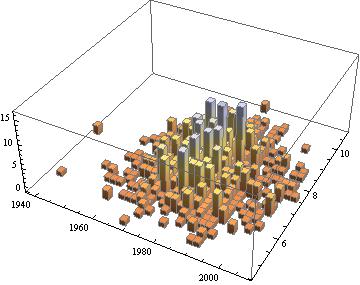We accept the challenge to sustain the international infrastructure net with our experience and pioneering spirit.
Both the increasing stress of infrastructure networks and the increasing financial expense leads to research in the fields of sustainability and risk analysis in cooperation with universities and research facilities. Topics are:
CSM – Cohort Survival Method
This project tested bridges on motorways and highways referring to their future ageing behavior. The stock was artificially aged based on a simulation model and the calculated values were evaluated statistically. Because of the development of a bridge model a multi dimensional description of a bridge was achieved and transformed into simple scores with “The theory of the best scaling”.

ISTC – Integrated Special Transportation Control
The aim of the project is the development of a prototype to control special transportation (SOTRA). A Bridge-Weigh-In-Motion system (BWIM) is installed on a bridge for approximately one month. BWIM recognizes crossings of vehicles and due to the amount of data potential special transportation shall be determined. This data is then compared with the transmitted toll data.

NBCR – New mathematical models for BWIM and their computational realization
The aim of the funding initiative ModSim of the Ministry for Transport, Innovation and Technology (BMVIT) is to use the capacities in the field of modeling and simulation, especially in the field of computational mathematics. This field is developed well academically and therefore, ModSim uses it for effective structural measures to use new impulses for the economical development and to create new long term competences. The vision of the initiative is to distribute computational mathematics in the economy.


LNR – Lifeline Network Reliability
Lifeline Network Reliability – LNR – focuses on the reliability of the Austrian road and rail network. The aim was to develop a theoretical manual and to adopt it on a section to create further works based on this.

OptIMAL – Optimisation and integrated modelling for asset management and lifecycle analysis of our built infrastructure
An important condition for an efficient maintenance planning is the description of road conditions through certain figures or values. This is essential both for the criteria of constructive maintenance and the economic evaluation. The results of the calculations considering the implementation of a computer-assisted PMS method (calculates figures for the evaluation of the road conditions) can be a basis for work or building programs on the one side. On the other side, the results serve as basis for decisions on a network level (condition development for different financial marginal conditions).

CILIA – Comprehensive infrastructure Life-Cycle Assessment
The collected simulation data in the project CILIA should provide a basis for optimized asset management in the field of railway bridges. The already performed research in the past on probabilistic fatigue analysis is to be developed in a progressive manner to create a complete scientific model. The current infrastructure management applied combination of expert judgment and technical approaches covers only a part of the parameters to be evaluated. In addition to the now-standard deterministic methods, the stochastic-numerical prediction of the behavior of the structural state represents a forward-looking approach to the life cycle cost calculation.